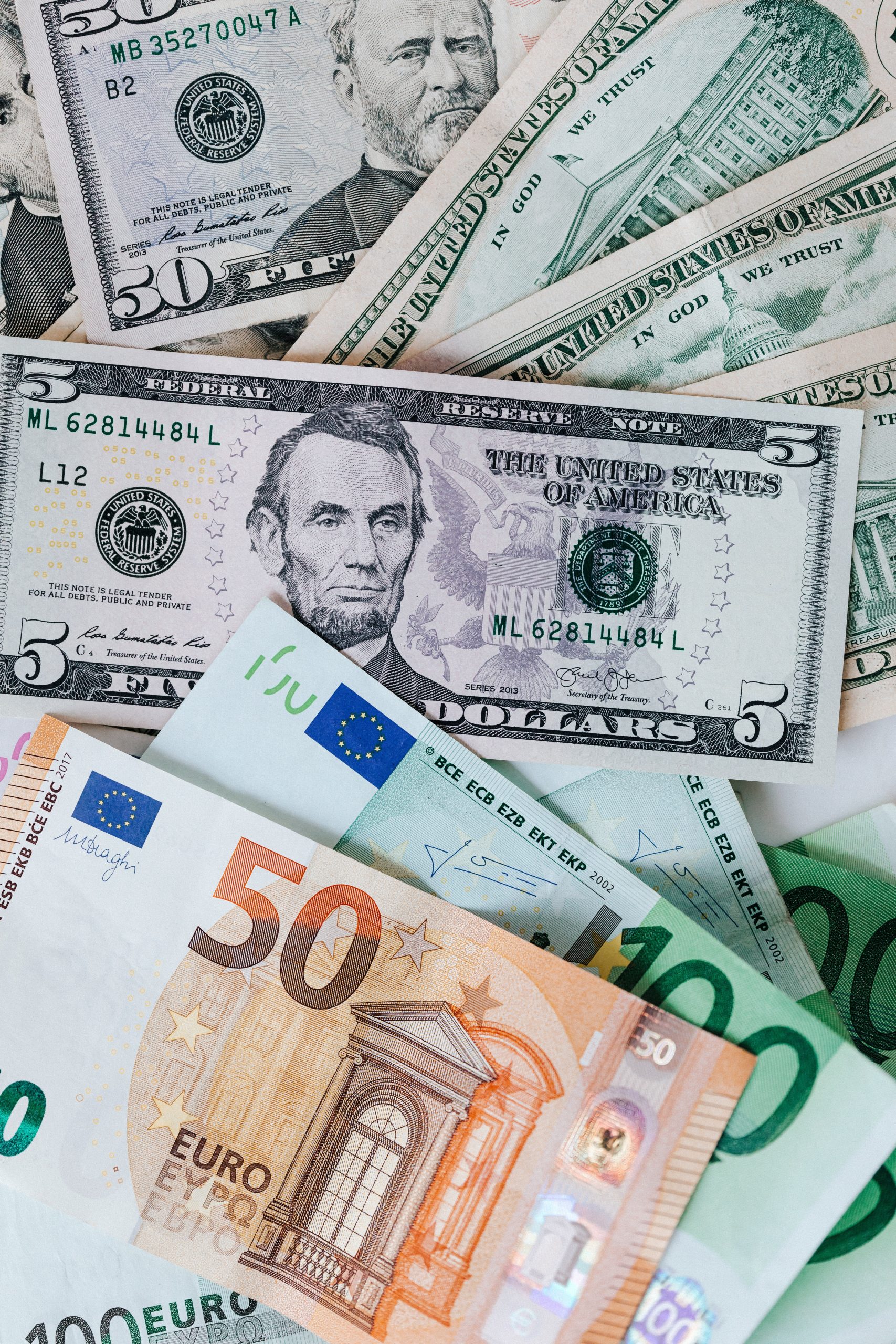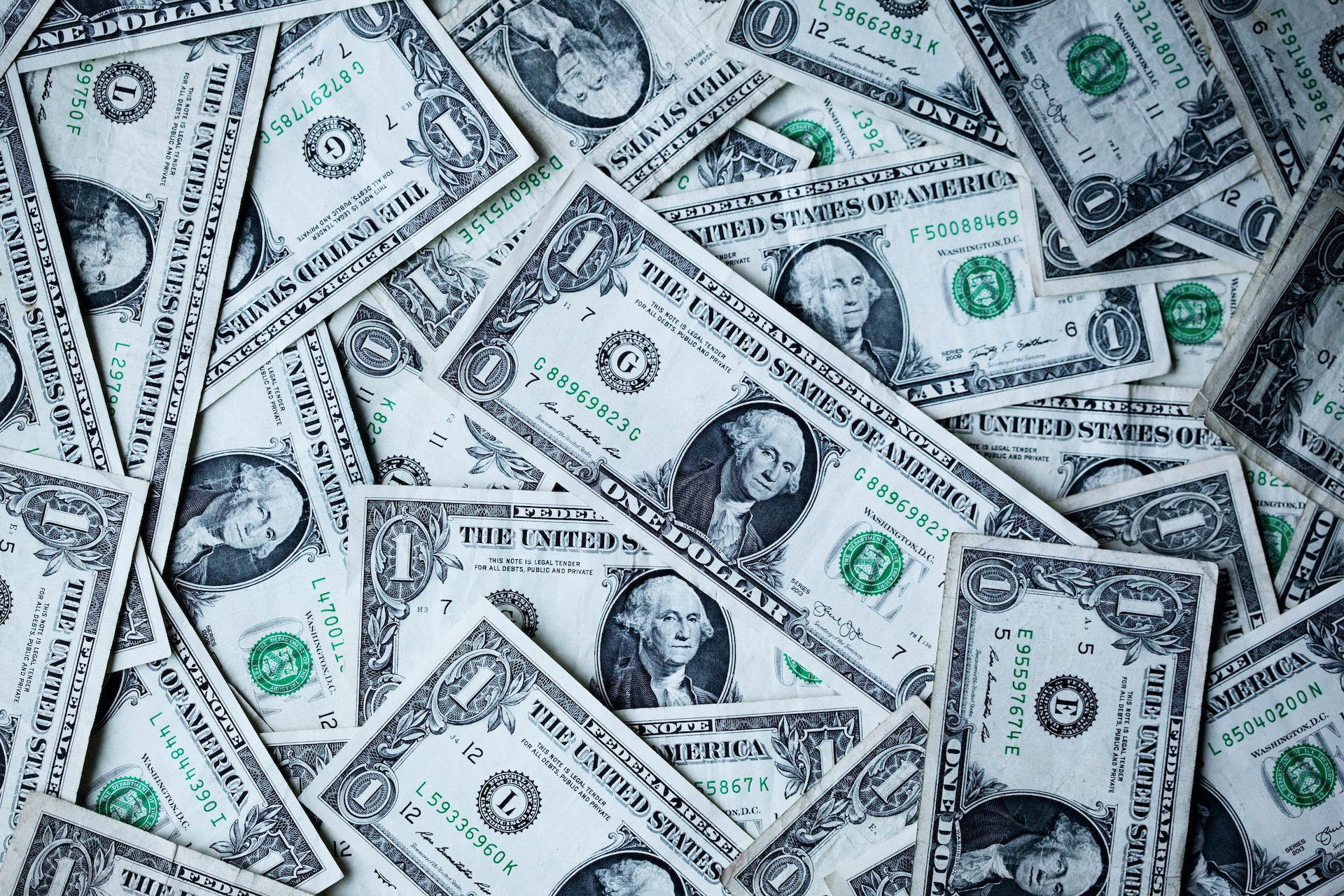As the world becomes increasingly reliant on electricity, manufacturing companies are finding themselves struggling to keep their factories running amidst an energy shortage crisis. However, some European manufacturers have managed to stay ahead of the game by implementing resilient energy strategies that allow them to maintain operations regardless of power outages or supply disruptions. In this blog post, we delve inside these innovative approaches and explore how they’re keeping the lights on in a time when blackouts seem inevitable. So if you’re curious about what it takes for manufacturers to overcome energy scarcity challenges, grab a cuppa and read on!
The European energy shortage of 2021
The European energy shortage of 2021 was a major challenge for manufacturers across the continent. In response, many companies implemented a variety of strategies to ensure their operations could continue despite the shortage.
Some companies turned to alternative energy sources, such as solar and wind power, to supplement or replace traditional sources of power. Others invested in energy-efficient technologies to reduce their overall consumption. And still others worked with suppliers and customers to optimize their supply chains and minimize disruptions.
Through these and other efforts, European manufacturers were able to weather the storm and keep production going despite the challenging conditions. The experience gained during the shortage will no doubt be invaluable as the region looks to secure its energy future in the years ahead.
How manufacturers are coping
Amidst an unprecedented energy shortage, European manufacturers are doing whatever it takes to keep the lights on and production humming.
From diesel-powered generators to creative shift patterns, factories are getting creative in order to keep the power flowing. And while it’s not an ideal situation, many manufacturers are taking it in stride, seeing it as an opportunity to test their resilience and adaptability.
Here’s a look at some of the strategies factories are using to stay up and running:
Diesel-Powered Generators: In Germany, one car manufacturer is using diesel-powered generators to keep the factory running at night. The generators were originally installed as a backup power source, but with energy shortages becoming more common, they’re now being used on a regular basis.
Creative Shift Patterns: Another German company has implemented creative shift patterns in order to make the most of limited power supply. By staggering shifts and using night shifts judiciously, the company has been able to keep production going without any major disruptions.
Wind Power: One UK-based manufacturer has started using wind power to offset energy costs. The company has installed two large turbines that generate enough electricity to power the equivalent of 1,500 homes.
The different strategies manufacturers are using
In the face of an ongoing energy shortage, European manufacturers are employing a variety of strategies to keep their operations running.
One common tactic is to rely on alternative sources of energy, such as solar and wind power. This approach can help companies avoid disruptions in the event of a power outage. Additionally, it can also lead to cost savings over time.
Another strategy that manufacturers are using is to increase their use of energy-efficient technologies. This includes investing in more efficient machinery and equipment, as well as implementing process improvements that reduce wasted energy.
Finally, many companies are also working to improve their overall energy management practices. This involves setting up comprehensive monitoring and control systems to optimize resource usage. By taking these steps, manufacturers can ensure that they have the necessary resilience to weather any future energy challenges.
The benefits of the energy shortage for manufacturers
As the energy shortage continues, manufacturers are finding ways to adapt and even thrive. The energy shortage has led to increased costs for manufacturers, but it has also created opportunities. The most successful manufacturers are those that have been able to reduce their energy consumption, often through innovative new technologies. In addition, the shortage has spurred investment in renewable energy sources, which will provide a long-term benefit for manufacturers.
The biggest challenge for manufacturers during the energy shortage has been the increase in costs. Electricity prices have risen sharply, and the cost of natural gas and oil has also gone up. This has put a strain on many manufacturing businesses, particularly those that use a lot of energy-intensive machinery. However, some manufacturers have been able to offset these higher costs by becoming more efficient in their use of energy. In particular, companies that have invested in new technologies that help them save energy have been able to keep their costs down.
The energy shortage has also created opportunities for manufacturers. One of the most important is the chance to invest in renewable energy sources such as wind and solar power. These investments can provide a long-term benefit for manufacturers by helping to hedge against future price hikes. In addition, they can help reduce manufacturing’s environmental impact.
The challenges of the energy shortage for manufacturers
The past year has been a tough one for European manufacturers. The energy shortage, caused by a perfect storm of factors including the closure of several nuclear power plants, has led to widespread power outages and higher energy prices. This has put a strain on companies’ bottom lines, and forced them to re-evaluate their energy usage and explore new ways to stay afloat.
In this blog post, we’ll take a look at how European manufacturers have been affected by the energy shortage, and what strategies they’re using to weather the storm. We’ll also explore the challenges that the shortage has presented, and offer some insight into how manufacturers can keep their businesses running during these tough times.
Conclusion
Despite the energy shortage, European manufacturers have been able to remain resilient by utilizing innovative strategies for keeping their lights on. They are finding ways to save money and increase efficiency through better utilization of storage capacity, smarter consumption decisions, aggressive conservation efforts, and more. Companies that recognize these opportunities can continue to be successful in a challenging market while others may find themselves struggling if they don’t adjust quickly enough. The key is understanding the importance of making smart energy choices now so that businesses can remain sustainable over time.










